[By Shideh]
Dear Ms. or Mr. Doktor Mohandess God:
I am a middle-aged man in the construction business. I was born and raised in Tehran but my parents came from Tabriz and Esfahan. I am also a mohandess (engineer), though I never finished high school. You know, engineering is an innate thing, it must be in you. I know how to build, and I didn’t need to waste my time in schools behind desks, you know. I worked hard to get here, have a lot of experience, do a great job, and make a lot of money. I have 4 kids, all of whom are becoming real dokktor mohandesses in abroad in private schools. My wife also has a Mercedes and 3 full time servants. This is all “halaal” money though, and I pay my share to the poor. For example, I helped an orphanage near by a few years ago by giving them $1000 for eid e Norouz. I am not coming to you as a guilty man, but to ask you to help me in court on Tuesday. You see, it was not my fault that the building in Saadat Aabad collapsed last week. Only a few people got killed. These things happen in the construction business, as you know. I know my job well and this is how I have always built. I usually pay some money to the city inspectors and they are okay with it. In this case, the city inspector was also a partner in the deal. If I wanted to build everything according to the design, nothing would get built. Those damn “engineers” think they know so much, they always add too much steel. The connections don’t matter, I say this based on experience. Nothing that I have built has had problems before until now. Earthquake doesn’t matter either, because Tehran is on rock and with your help we won’t have one in our life time. This time we were unlucky. God joon, rooye maa ro zamin nandaz and help me in court on Tuesday. I don’t want to lose everything. I have always been your good servant.
—————————
Dear Mr. God,
I am 40 years old and own an engineering consulting firm in Tehran. We recently got involved in an easy/money making project that failed. Please make sure that damn “besaaz befroosh” guy pays for his dishonesty. Our engineers and designers did a fantastic job, nothing was wrong in the design. In fact, we always over-design because we know it is never followed in construction. People have been killed now, and it is not our fault. Never mind the fact that our over-designed drawings will cost the contractor too much, the point is that it is not our fault. It’s their fault for not following our design.
—————————
Dear Allah the Merciful,
I am a young engineer, recently graduated and am about to get married. You know how low our salaries are in this country when we have no experience. There is no way to live with this salary and breath-taking expenses in Tehran and inflation, there is no way unless you are a thief. In order to make a living, I got my engineering licence from “Nezam e Mohandessi” and sold my stamp to a few different structural design firms who pay well. I should not have sold that engineering company my stamp. What do I do now? The design submitted with my stamp has failed. I have no idea how they designed that building and now I am responsible for it – people were killed.
Please help me get out of this mess and I promise to pray every day and fast during every Ramazan in return.
—————————
God,
Why did you let this happen? They were innocent, why did they have to be inside this damn place when it collapsed? What kind of a God are you? Who is to pay?
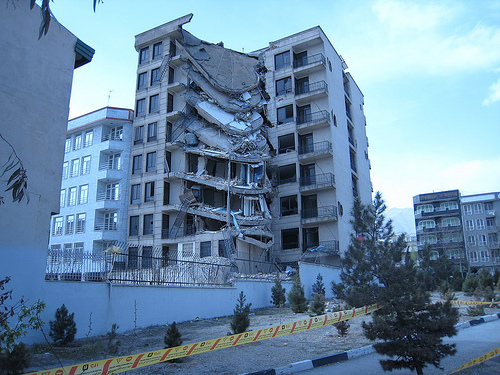
Photo courtesy of Flickr
Note: these letters are fictional!

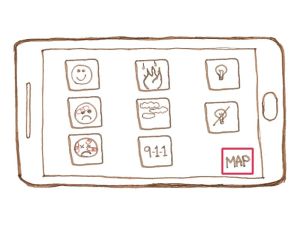
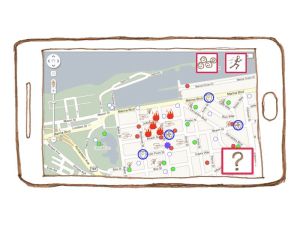
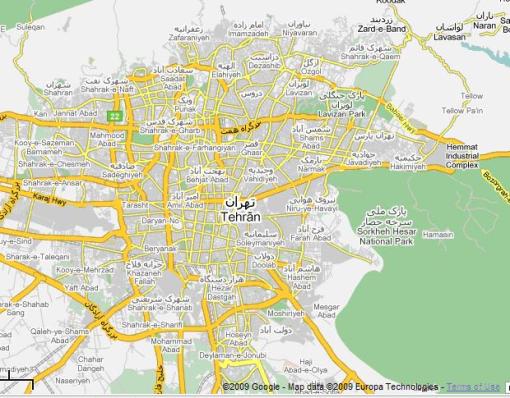
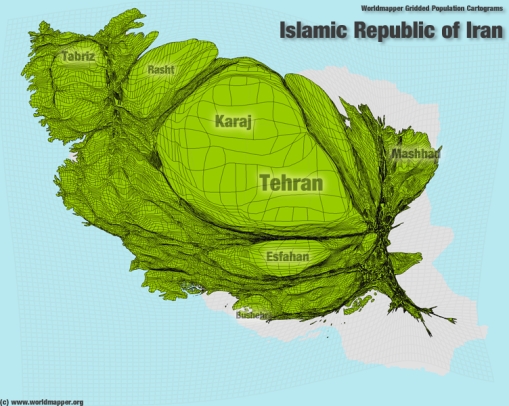
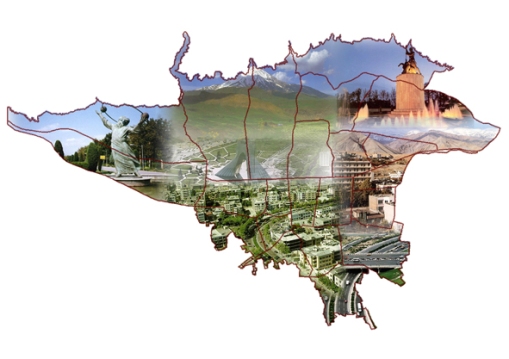
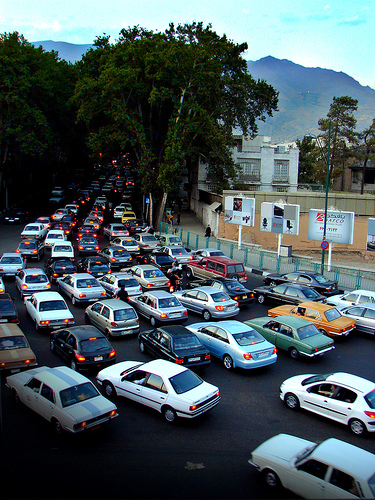


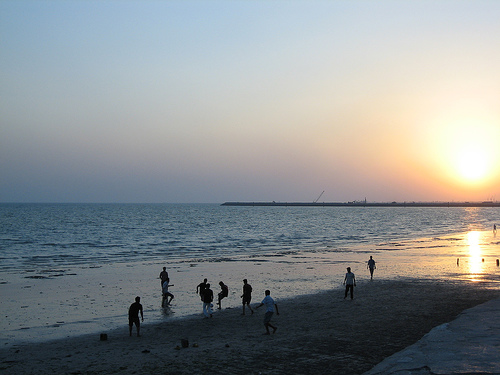





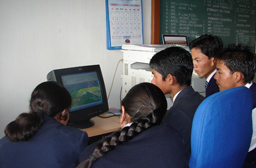
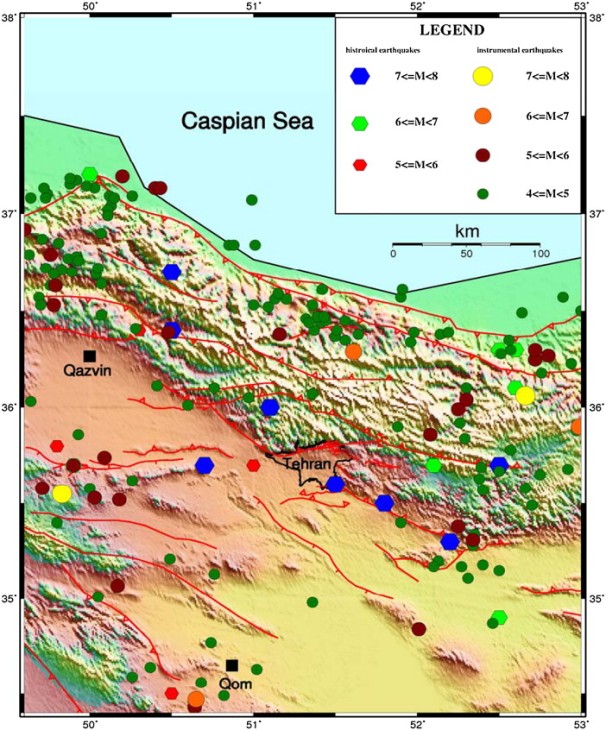


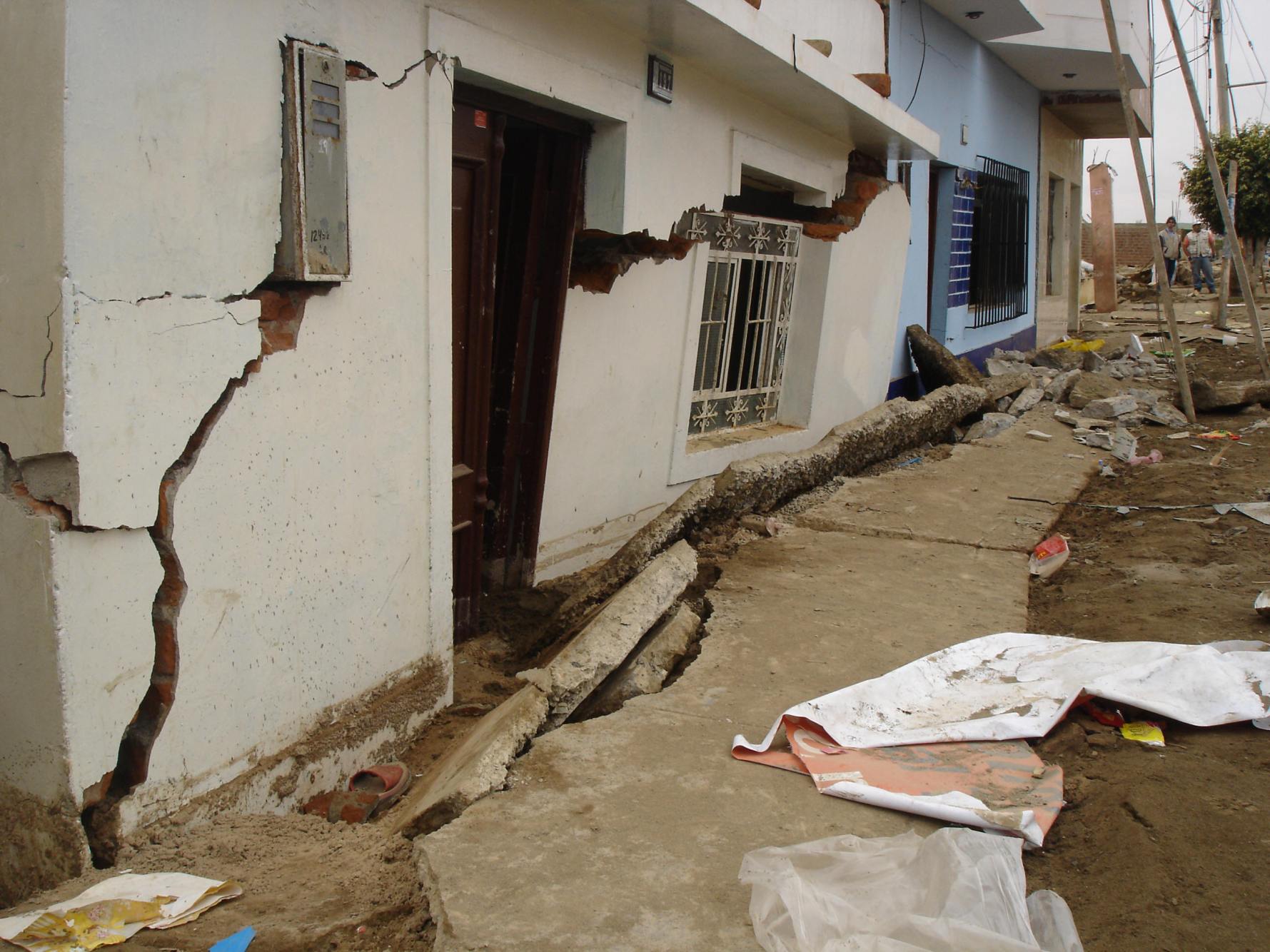


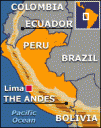



Recent Comments